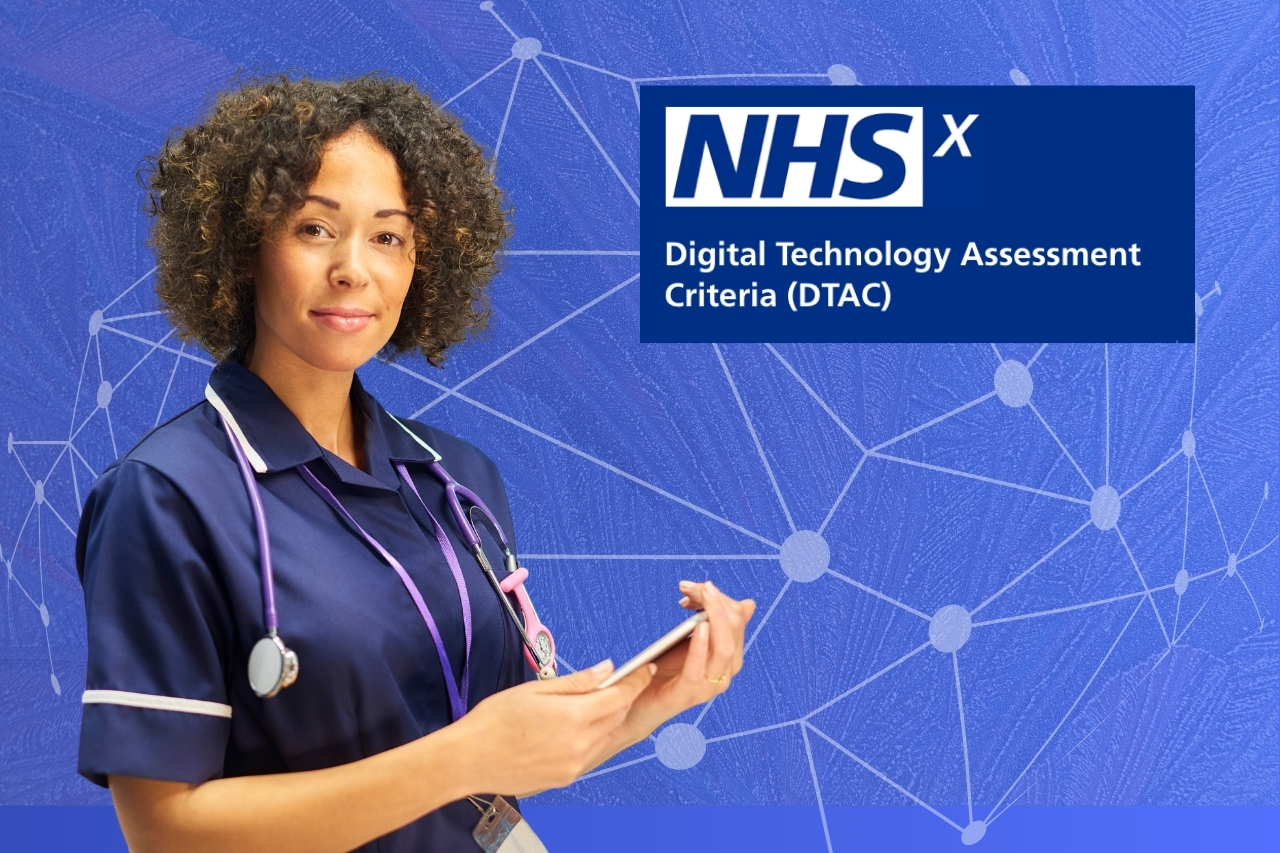

In the world of healthcare startups, where innovation and impact are the keys to success, a well-crafted pitch deck can be your golden ticket. As a startup founder or CEO, your pitch deck serves as the bridge between your vision and potential investors. It’s your opportunity to captivate their attention, articulate your ideas, and secure the funding your healthcare startup needs to thrive.
Understanding the Basics
Before diving into the intricate details of crafting a compelling pitch deck for healthtech startups, let’s start with the fundamentals. What exactly is a pitch deck, and why is it essential for your healthtech startup?
A pitch deck is a concise, visually engaging presentation that outlines your startup’s mission, vision, and potential. It’s your opportunity to convey your business idea in a compelling and straightforward manner.
The Importance of Storytelling
Storytelling is a powerful tool to captivate your audience. Begin your healthcare pitch deck with a compelling narrative that draws your audience in. Share your journey, the problem you’re solving, and the impact you aim to make in the healthcare industry.
Structure and Flow
The structure of your pitch deck is of paramount importance. It should exhibit a logical flow, commencing with a clear and engaging beginning, guiding the audience through a well-structured middle, and ultimately culminating in a powerful conclusion. A seamlessly structured pitch deck enables your audience to follow your narrative effortlessly.
Key Components of a Pitch Deck
A successful pitch deck comprises several key components:
- Problem Statement: Define the problem your startup is addressing.
- Solution: Explain how your product or service solves this problem.
- Market Opportunity: Illustrate the market size and potential.
- Team: Showcase your team’s skills and expertise.
- Financial Projections: Provide realistic financial forecasts.
- Competitive Analysis: Analyze the competitive landscape.
- Traction and Milestones: Highlight your progress and achievements.
- Funding Request: Specify the amount you’re seeking.
- Engaging Visuals: Use visuals to complement your message.
- Call to Action: Conclude with a strong call to action.
Emphasizing Market Opportunity
Investors are eager to see the potential for growth in your healthcare startup. Back your claims with market research and data, showcasing the immense opportunity your startup can harness in the healthcare sector.
Highlighting Your Solution
To engage a broad audience, it’s essential to elucidate how your product or service addresses the healthcare problem. Utilize simple and accessible language to ensure clarity and comprehension.
Building Minimum Viable Product (MVP)
The development team prioritizes features based on their value and feasibility, focusing on delivering a minimum viable product (MVP) that addresses core user needs. This lean approach enables rapid validation of assumptions and early market testing, minimizing time to market and maximizing ROI.
Testing and Quality Assurance
Beta Testing
Beta testing involves releasing the product to a select group of users for real-world testing and feedback. This beta phase allows developers to identify and fix bugs, gather insights into user behavior, and refine the product before its official launch.
Feedback Iterations
Based on feedback from beta testing and ongoing user research, the development team iterates on the healthtech product, making incremental improvements and enhancements. This iterative approach ensures that the final product meets user expectations and delivers tangible value.
Launching the Product
Marketing Strategies
The launch phase is accompanied by comprehensive marketing strategies aimed at generating awareness, driving adoption, and acquiring early adopters. This may include digital marketing campaigns, press releases, influencer partnerships, and targeted outreach to key stakeholders.
User Onboarding
Effective user onboarding is critical in ensuring a smooth and positive user experience from the outset. By providing guided tutorials, interactive walkthroughs, and responsive customer support, healthtech companies can empower users to maximize the value of the healthtech product.
Post-Launch Optimization
Monitoring User Feedback
Even after the product is launched, the journey doesn’t end. Continuous monitoring of user feedback, analytics data, and performance metrics is essential for identifying areas of improvement and prioritizing future enhancements.
Continuous Improvement
By embracing a culture of continuous improvement, healthtech startups and companies can stay ahead of the curve and remain competitive in the rapidly evolving landscape. This involves iterating on the product based on user insights, technological advancements, and market dynamics.




